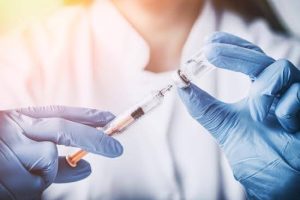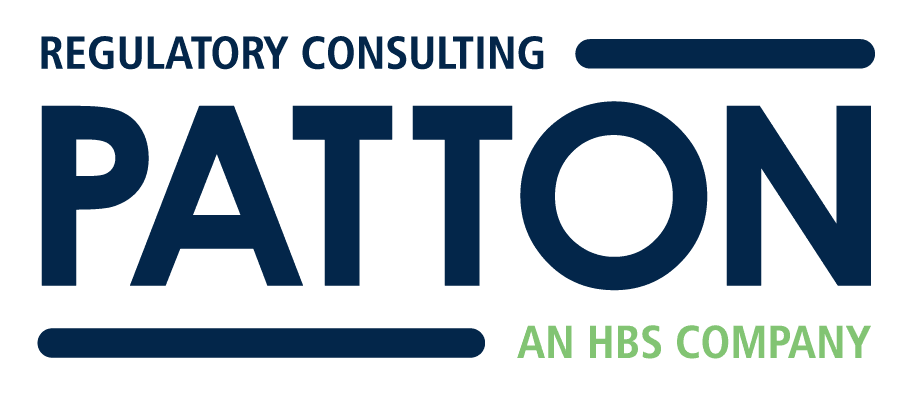Healthcare organizations continue to update policies in response to the revised USP <797> Pharmaceutical Compounding—Sterile Preparations standards. One area that continues to create uncertainty is the beyond-use dating guidelines for syringes drawn from single-dose or multi-dose vials outside of a controlled sterile environment.
Both USP <797> and the CDC offer limited direction on how long these syringes remain suitable for use once filled. This lack of clarity has led many hospitals to question whether long-standing policies, such as the “1-hour” or “4-hour” immediate-use limits, remain evidence-based or enforceable.
With all these variables, how should you manage USP <797> Beyond-Use-Dating?
Beyond Use Dating Guidelines for Single Dose and Multi Dose Vials
USP published FAQs to accompany the revised chapter. While FAQs 16 through 19 and 24 address immediate-use compounding and repackaging, they stop short of defining a specific time limit for drawn syringes.
Under USP <797>, the administration of a drug is considered out of scope, while repackaging for later use remains in scope. That means if a clinician draws up a syringe and immediately administers it to a patient, the requirements of <797> do not apply. However, once that syringe is prepared for future use, it becomes subject to sterile compounding rules.
The revised standard replaced the old “1-hour immediate-use” provision with a 4-hour limit. Because there is no definitive evidence supporting either the historical 1-hour limit or the current 4-hour rule, and if the package insert doesn’t quantify a time limit, the safest way is to minimize the interval between drawing a syringe and administering it.
Need Help Interpreting USP Standards?
Patton Healthcare Consulting specializes in helping hospitals navigate complex regulatory requirements from USP, Joint Commission, CMS, and other accrediting bodies. Contact us to learn how we can help your organization remain compliant and survey ready.


Leave a Reply